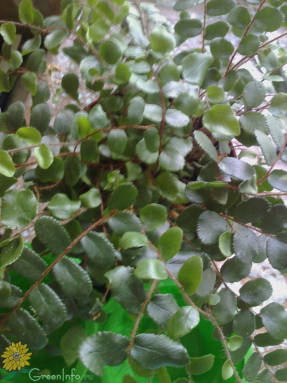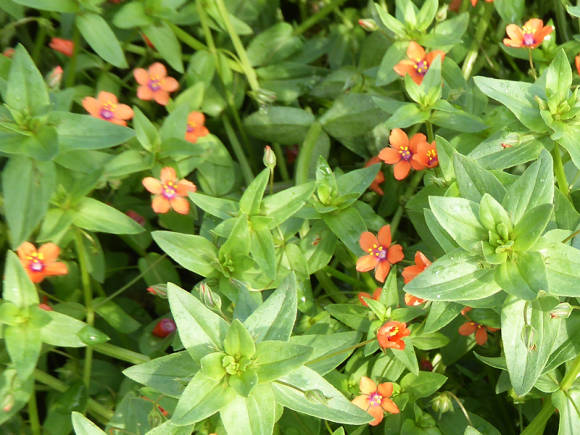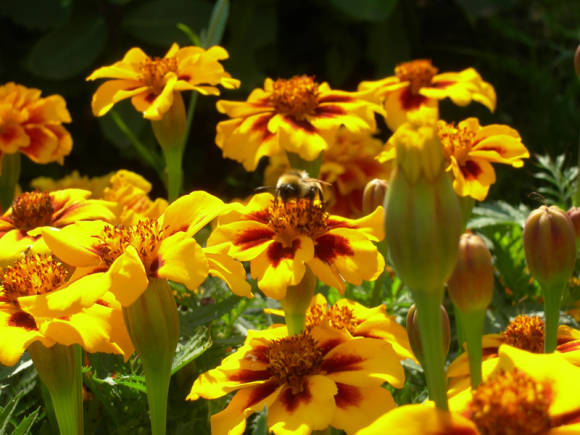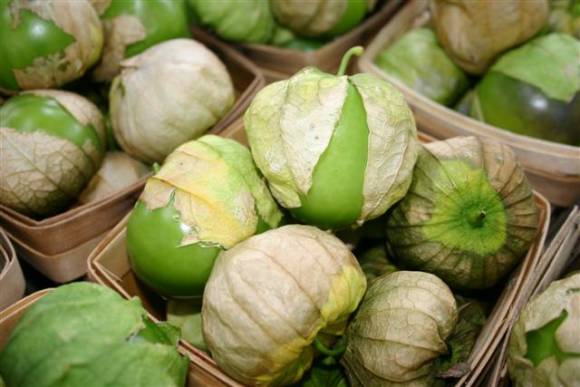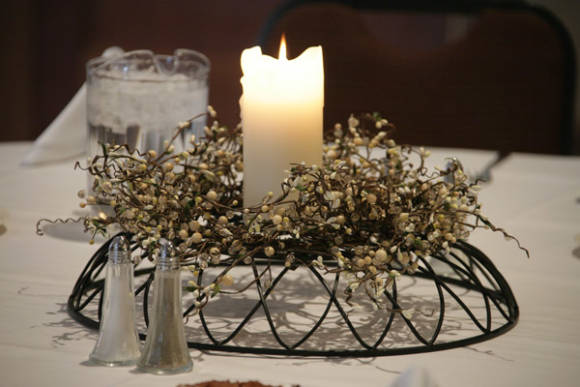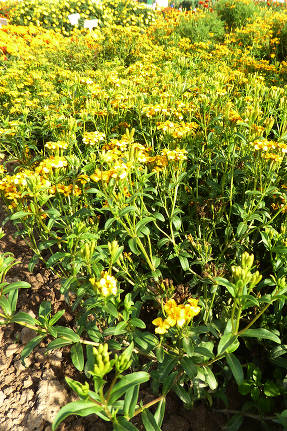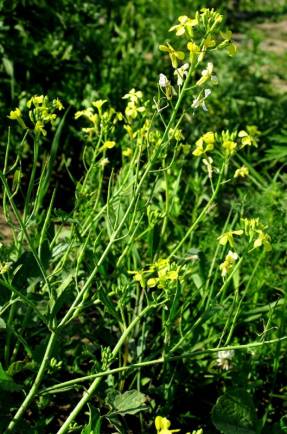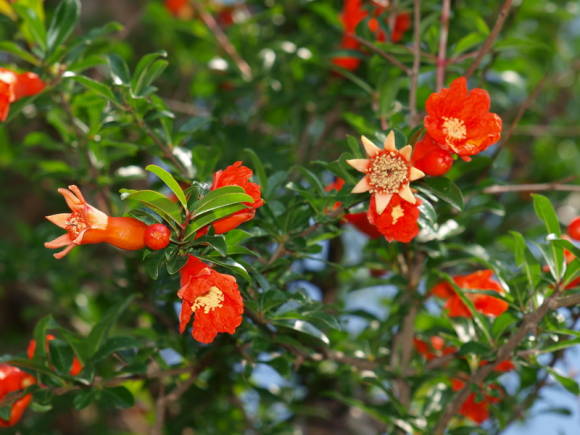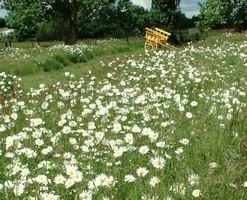 |
Meadow lawn |
Lawns originated within the walls of castles. At first, the lawn was a lawn on which high-born ladies and their gentlemen walked in the fresh air. Sod benches were installed on it and rectangular playgrounds were arranged. Another ancestor of the modern lawn was the inner monastery courtyard, in which paths and a traditional fountain in the center were planted with green grass.
Written in the Middle Ages, the essay "The Dignity of Country Life" provides the rules for creating a lawn. The plot was cleared of weeds and roots of perennial weeds and watered with ... boiling water. Then the sod cut from the meadow was laid on the leveled ground.
I must say that 400-500 years ago the lawn did not look at all the way we used to imagine it. In those days, the lawn was sown not only with herbs, but also with a variety of flowering plants - carnations, periwinkle, daisies, chamomiles and many others. In fact, the medieval lawn was a “flowering meadow”. He did not require a regular haircut and from spring to autumn he delighted the eye with his bright colors. This type of lawn has been preserved in modern gardens as well. It is called meadow or Moorish. Unlike a regular lawn, it can be mowed several times per season. The shops sell special mixtures for a flowering lawn. 80-90% of them consist of narrow-leaved cereal seeds, the rest is wildflowers - chamomile, poppies, cornflowers ...
 |
Loose mint |
In addition to perennial flowers, the mixture usually contains annual seeds. Thanks to them Mauritanian lawn for a long time it retains its decorative effect, but next year its colors may fade for the simple reason that annual flowers will die in winter. To prolong the flowering of the Moorish lawn, you need to regularly sow annual flowers in it, or plant the bulbs of bulbous plants flowering in spring. However, the first mowing of the lawn is carried out only after the leaves of the bulbous flowers die off.
Clover lawn also ideal for people who do not like to bother regularly mowing the lawn. Clover is drought-resistant, unpretentious, grows well both on dense, clayey, and light sandy soils. As a rule, to create a clover lawn, 2 types of clover are used: the lower clover is white (also called creeping) and the higher clover is red. Both types of clover are weeds, so placing a clover lawn next to a vegetable garden or flower garden is quite risky: if the clover is seeded, the weeding work will significantly increase. The disadvantages of clover lawn include the fact that it is not sufficiently stable in places of high humidity (even if we are talking only about the period of spring snowmelt). In such places, clover is quickly replaced by more resistant grasses. Clover suffers in competition with cereals and in low light conditions. Therefore, in dry, but shady places, it is better not to sow it, but to use the planting of shade-tolerant ground cover plants - pachisandra, lily of the valley, periwinkle. This is a variant of the so-called ungrass lawn, which can also be called a lawn "for the lazy" Such a lawn is quite durable and does not require much attention. True, it takes time for the ground cover plants to grow and be able to resist the weeds on their own. Before that, they need careful care. So for a while, you will have to manually weed each weed that has grown in the area designated for the non-grass lawn.
 |  |
Creeping clover | Creeping thyme |
In open sunny places, a non-grass lawn can be made from such ground cover plants as thyme, various types of sedum, yaskolka, subulate phlox.On poor dry soils, a lawn made of creeping Potentilla looks great, in shady, wet places, you can plant loosestrife or meadow tea. This plant has long creeping lashes up to 30 cm long, which take root easily. The flowers of the plant are single, yellow, up to 2 cm in diameter. There is also a decorative form of loosestrife with yellow leaves, which creates a very effective golden carpet.
